
Images: Tracing the Ancient Incan Empire
Re-imagining the Inca
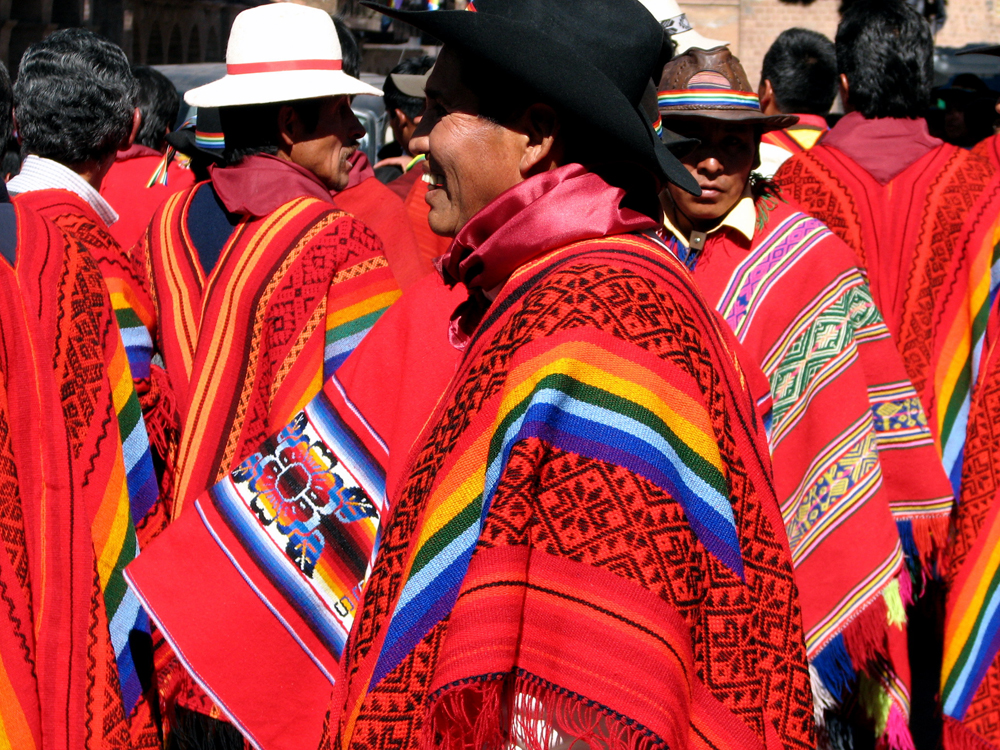
The city of Cusco seems to hum in anticipation. Villagers dressed in colorful shawls, or chompas, mingle with city-folk and tourists. Processions parade down the cobble stone streets. Horns blare over the serenade of pan pipes, and people gather to celebrate an ancient Inca tradition. This is the festival of the sun, or "Inti Raymi," held at the height of the winter solstice every year during late June in the Southern Hemisphere.
During the time of the Inca, Inti Raymi was one of the most important ceremonies of the year to pay respects to the supreme sun god. Nine days of processions and dancing, as well as animal sacrifices and ceremony, were meant to ensure good crops in the growing season ahead.
Outlawed in 1572 by the Catholic Church, it wasn't until the 1940s that the secrets of this festival were again reconstructed. Following the Spanish conquest much was lost to history, but like old ruins gone to seed, the Inca's secrets were just lying dormant waiting to be rediscovered. Today, archaeologists, historians and scientists are shedding new light on the Inca's mysterious world.
Origins of empire

Emerging sometime during the 13th century here in the Cusco valley in Southern Peru, the Inca controlled the largest pre-Colombian empire in the New World, stretching from Southern Colombia to the edge of Patagonia. From dozens of fractious ethnic groups spread throughout the Andes, the Inca rose to power through military might and shrewd alliances. Out of so many competitors though, what set the Inca apart?
One benefit the Inca held over other groups was their fertile lands in the Cusco Valley. Irrigated by the Urubamba River and enjoying warmer microclimates, the Cusco Valley gave the Inca longer growing seasons and larger harvests than elsewhere in the high Andes.
After the former lords of the region, the Wari culture collapsed following a period of severe droughts around 1100, refugees flooded to the highlands. Resource wars for access to land and water followed, but in the fertile Cusco Valley, the Inca stood their ground. They united in organized defense a foreshadowing of the adept military organization they became.
Farmers to conquerors

Around the same time that the Inca were organizing in the Cusco valley, a warming trend in the Andes began to occur around 1150-1300. These warmer temperatures allowed farmers to expand their arable land up hillsides. Using elaborate irrigation and terracing systems on the steep slopes, they were able to reap bumper crops. Throughout many parts of the Andes these ancient terraces are still evident and increasingly being reclaimed by farmers.
And with a recent report from the United Nations Framework on Climate Change recommending restoration of diverse native Andean crops and rebuilding pre-Hispanic irrigation and infrastructure, people again are taking note that the Inca were master farmers whose legacy even now contributes value and influence.
Though we may never know the full extent of crop varieties cultivated by the Inca, many varieties continue to be passed down from one generation to the next throughout the Andean highlands. Here in the highland town of Pisaq in the Cusco Valley, the colorful variety of goods for sale Indian corn, potatoes, coca leaf gives a glimpse into the rich farming and gastronomic world of the Inca.
Food security
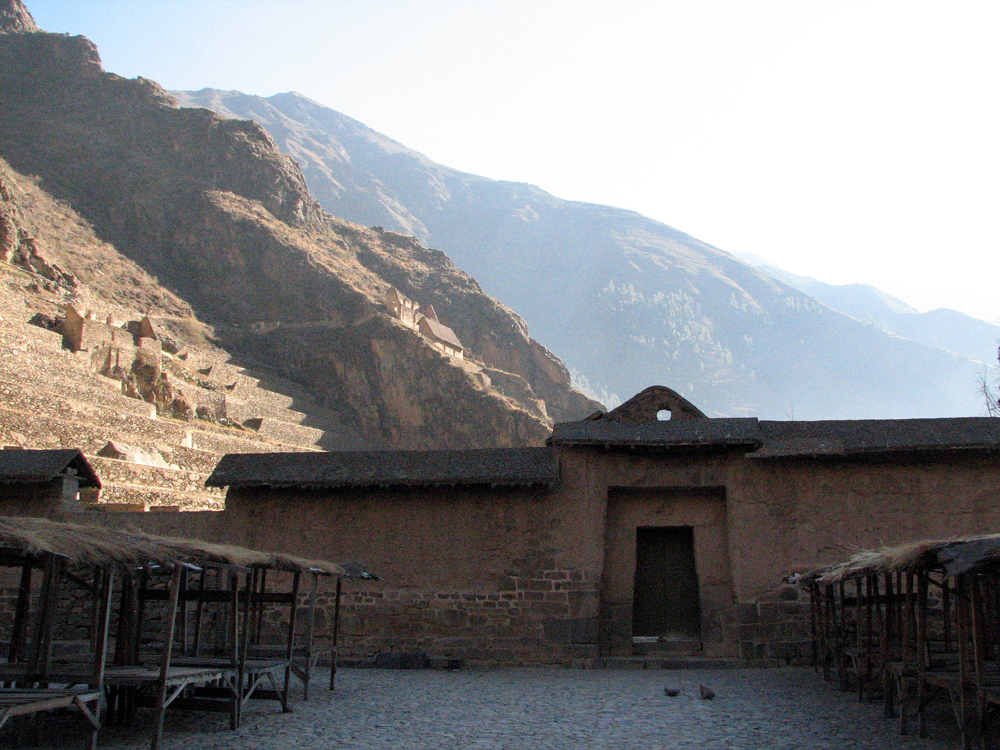
Shivering and watching my breath condense in fog, the sun seems to take forever to reach into the dark clefts of the Andean valleys in the morning.
Here in the ancient town of Ollaytaytambo, beautiful stone terraces and granaries litter the valley walls now, finally, bathed in bright sun. On these terraces the Inca grew grains and stored the excess in high, well ventilated granaries.
Hillside granaries like these lay at the foundation of the Inca's expansion beyond the Cusco Valley. Extra food allowed the Inca freedom from farming and freed people for other roles such as laborers and soldiers. With a newfound army, the Inca were able to forge alliances and defeat rivals in war. By 1400 the Inca had come to dominate all the surrounding valleys to create one state, and one capital, the sacred city of Cusco. Only one major rival remained ...
Jewel of the Andes
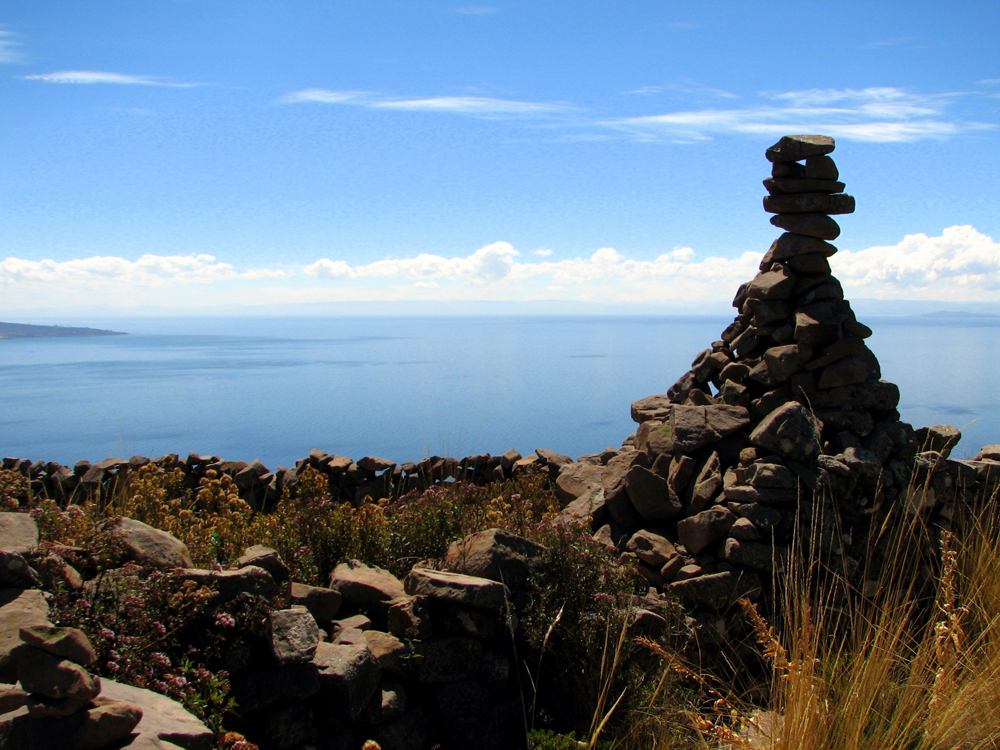
The crown jewel of the Andes has always been the vast deep-blue waters of Lake Titicaca. The thin, blue air of the high Andes blends with the deep blue of the lake like an unexpected mirage. Then and now, this place is otherworldly and sacred.
Ringing the shores of the lake were numerous tribes, primarily ruled by a rival kingdom, the Colla. These lands were rich and desirable but would not be given up easily. Around 1400 the Inca King Pachacutec Inca Yupanqui ( meaning "he who reshapes the world") began setting his sights on this last rival to power.
The two armies amassed on the cold, windswept plains surrounding the lake must have been a sight to behold. Decked out in battle gear, bristling with weapons and arrayed stone-faced in long battalions of intimidation, the Colla were no easy foe, but neither were the Inca. When the dust of battle finally fell it was the Inca who were victorious. Thus began the march towards empire.
Heirloom herds
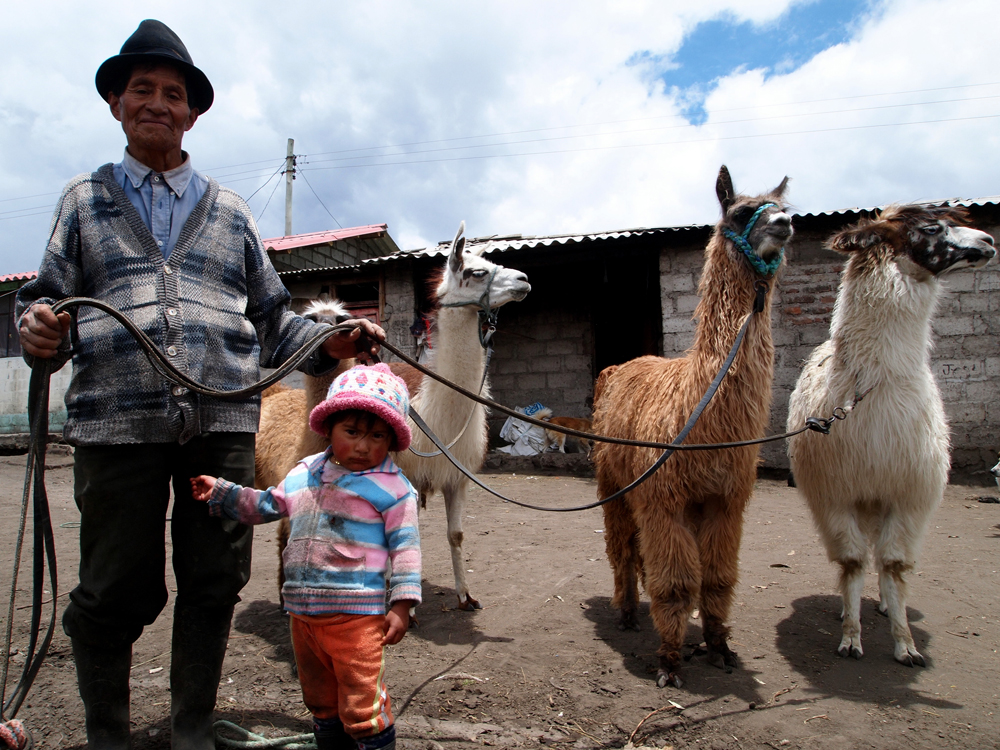
Military success in the Andes depended not just on men but on their livestock. Llamas like these are the only draft animals from the Americas, domesticated by early people in the Andes from wild ancestors thousands of years ago. For the Inca they provided meat, leather and fiber for clothing and were capable of carrying up to 70 pounds (30 kilograms) of gear, making them crucial to the Inca's military success.
During Inca times these animals were meticulously bred and selected for specific traits. The Inca Kings kept esteemed "heirloom" breeds similar to thoroughbred horses among European royalty. After the Spanish conquest, though, these breeds were lost. Llamas went extinct in many parts of the Andes.
In highland Ecuador I accompanied a small group of researchers from the United States, Ecuador and Peru who are using genetic analysis to retrace the ancient heirloom herds of the Inca and their wild origins. In one village we visited, this gentleman stopped me to ask if I would take a photo of him and his granddaughter, proud to show off their family heirlooms.
Qhapaq Ñan - the Great Inca Road
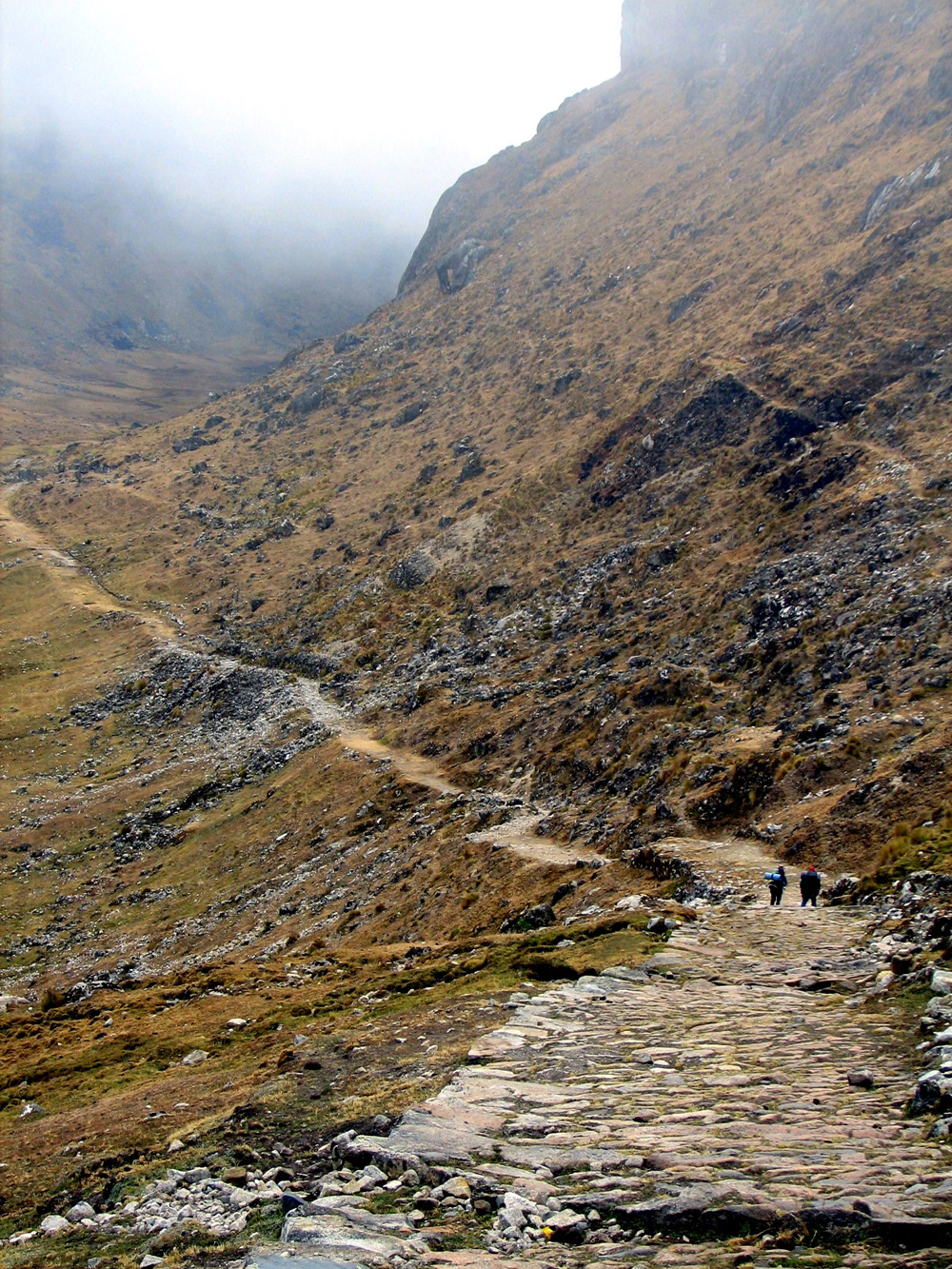
To quickly supply troops throughout their sprawling empire, the Inca depended on a spider web of ingeniously engineered roads. The greatest of these Inca roads was the Qhapaq Ñan, meaning "the beautiful road" in Quechua. As the primary north-south highway of the empire, it traversed over 3,700 miles (6,000 kilometers) across the rugged spine of the Andes.
These roads functioned for many vital purposes, providing quick and reliable routes for troops, trade, communications and logistical support. Similar to the ancient roads of the Romans, these Inca roads helped link people, goods and civil control across the entire empire. Since the conquering Spaniards either dug them up or let them deteriorate, the full extent of the Inca's vast road system is still not completely known. New sections continue to be discovered.
This photograph comes from a section of the Takesi route I hiked in Bolivia. It was an Inca road linking the highlands near La Paz to the Yungas on the eastern edge of the Amazon basin.
Get the world’s most fascinating discoveries delivered straight to your inbox.
The economy of empire
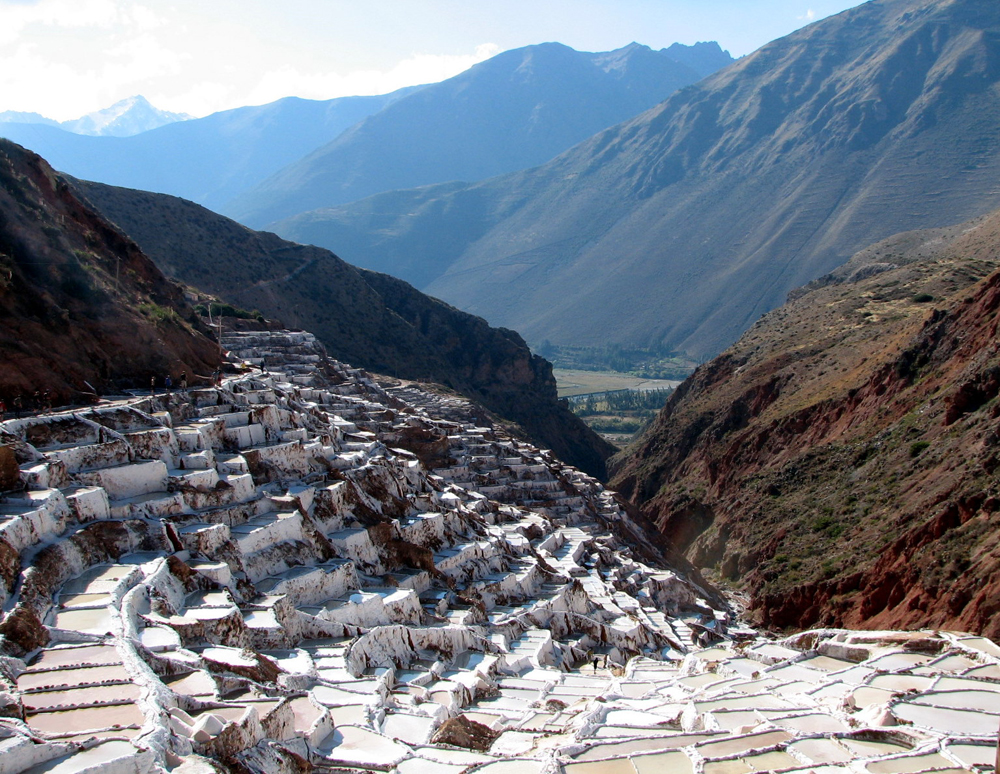
The ancient salt mines of Maras lie in the heart of the Cusco Valley and give a glimpse into one small part of the Inca's vast trade network and economy.
The bizarre maze of white honeycombs looks like a giant beehive cleft in the mountains, but they are really ancient salt mines, still in use since the time of the Inca. Originating from a salty underground spring, hundreds of terraced pools collect and condense salt through the natural process of evaporation.
Control over the roads that linked the ancient trade routes over the Andes helped enrich the Inca Empire and consolidate its power. Much as the ancient silk roads benefitted both east and west, so too did the Inca roads benefit trade between the coasts and the jungle, and between the northern and southern Andes.
Rise and fall
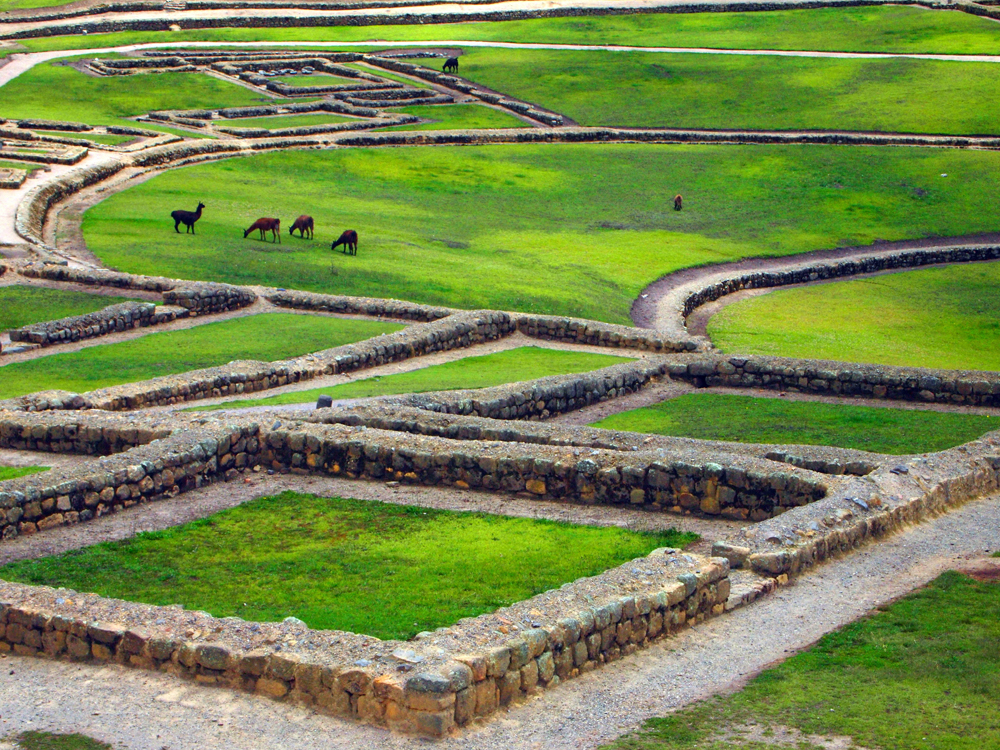
In 1493, less than 100 years after conquering the Lake Titicaca kingdoms, the Inca King Huayna Capac ruled over a vast empire. Inca dominance sprawled across modern-day Peru, Bolivia, most of Ecuador and a large portion of Chile to the edge of Patagonia. They were at the zenith of their power, enforced through military control, a vast network of roads, access to trade and dozens of royal estates spread over their empire.
At the height of their reign, it seems unbelievable that by 1533, only 40 years later, the Spaniards had toppled their empire and executed the last rightful Inca King, Atahualpa. Civil war, a smallpox epidemic, superior weapons and treachery all contributed to a perfect storm to destroy one of the greatest empires the world has ever seen.
Today the most visible traces of the Inca lie in scattered ruins across the Andes like these at the site of Ingapirca, the remains of a large Inca temple and estate in southern Ecuador.
Inca rising
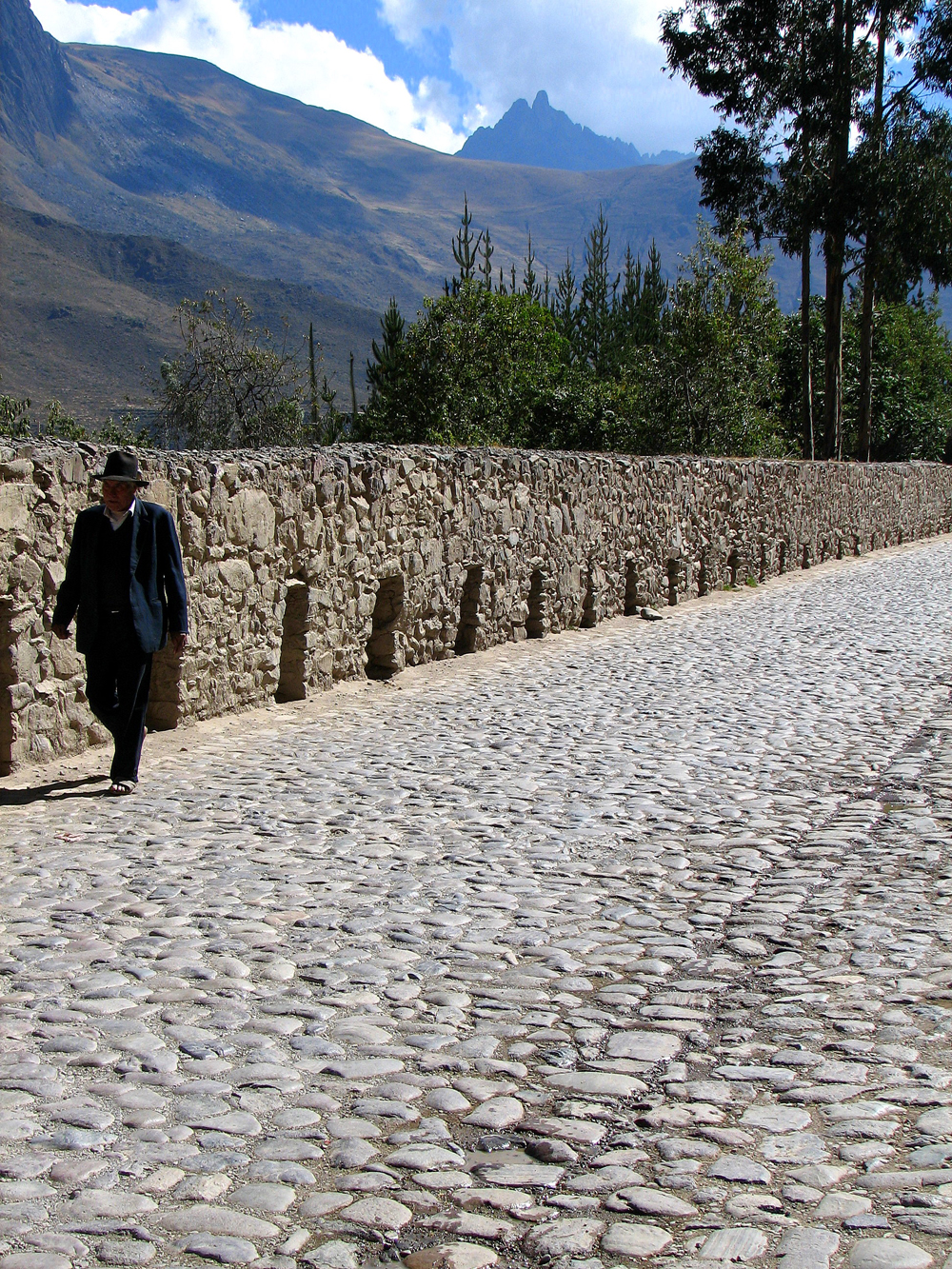
Although the Inca Empire's rule was broken by the Spanish conquest and centuries of oppression, many traditions, customs and beliefs survive, and in some places even flourish. Today, Inca heritage and pride continue to undergo a resurgence in the Andes Symbolic like a phoenix risen from the ashes, the Andean condor triumphing over the bull.
If you look beyond the ruins, outward over the countryside and rolling green folds of the mountains, you will see that the Inca still remain. Over the highlands the descendants of the Inca and the many tribes that encompassed their empire are everywhere.
An old woman knitting a shawl outside her adobe house, men planting potatoes and corn in the fields, and young children watching over llamas and sheep on the hillsides throughout the Andes the Inca's legacy lives on in the present day. Traditional ceremonies and festivals, colorful highland markets, and the singsong cadence of Quechua reverberate the mystery of the past, like the echo of footsteps on cobbled village streets.
 Live Science Plus
Live Science Plus





